

The Breakthrough Discovery That Transformed 18,723 Anxious Dogs in
Just
7 Days
7 Days

Posted By
Jason Crawford

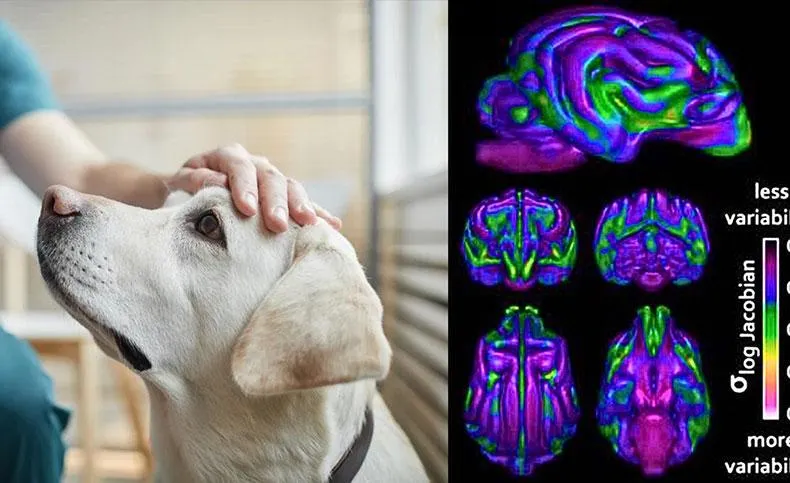
- Thousands of Dogs Have Shown Remarkable Improvement Within Just One Week
- Veterinarians are now recommending this as one of the most effective ways to eliminate separation anxiety and transform dog behavior without medication or expensive trainers.

Hi, I'm Jason Crawford—a certified sound engineer, canine
behavior enthusiast, and proud parent to Max, my once-anxious
golden retriever.

In the next 3 minutes, I'll show you how even the most
anxious, reactive dog can be transformed in just 7 days using
a method that:
-
Requires zero training expertiseIf you’ve tried…
-
Works when nothing else has
-
Takes only 20 minutes a day
-
Is 100% natural and safe
This isn't another "quick fix" gadget or training gimmick.
It's a neurological reset method that addresses the root cause of
your dog's behavior problems.

"This Approach to Canine Anxiety Shows Remarkable Promise" — From veterinarians who've recommended binaural sound
therapy
"This Approach to Canine Anxiety Shows Remarkable
Promise"
— From veterinarians who've recommended binaural sound therapy

My Dog Max Was "Beyond Help"—
Until This Breakthrough Changed Everything
Four years ago, I moved to Los Angeles to open a sound engineering
studio and adopted Max, thinking he'd be the perfect companion.
I had no idea what I was getting myself into
Max wasn't just "difficult"—he was constantly anxious:
-
I couldn't leave him alone for even 30 minutes without returning to destroyed furniture and panicked howlingHaving friends over was impossible due to his non-stop barking and jumpingWalking through the neighborhood meant being dragged and embarrassed as he lunged at everything that movedThe dog park was a nightmare of aggression and uncontrollable behavior
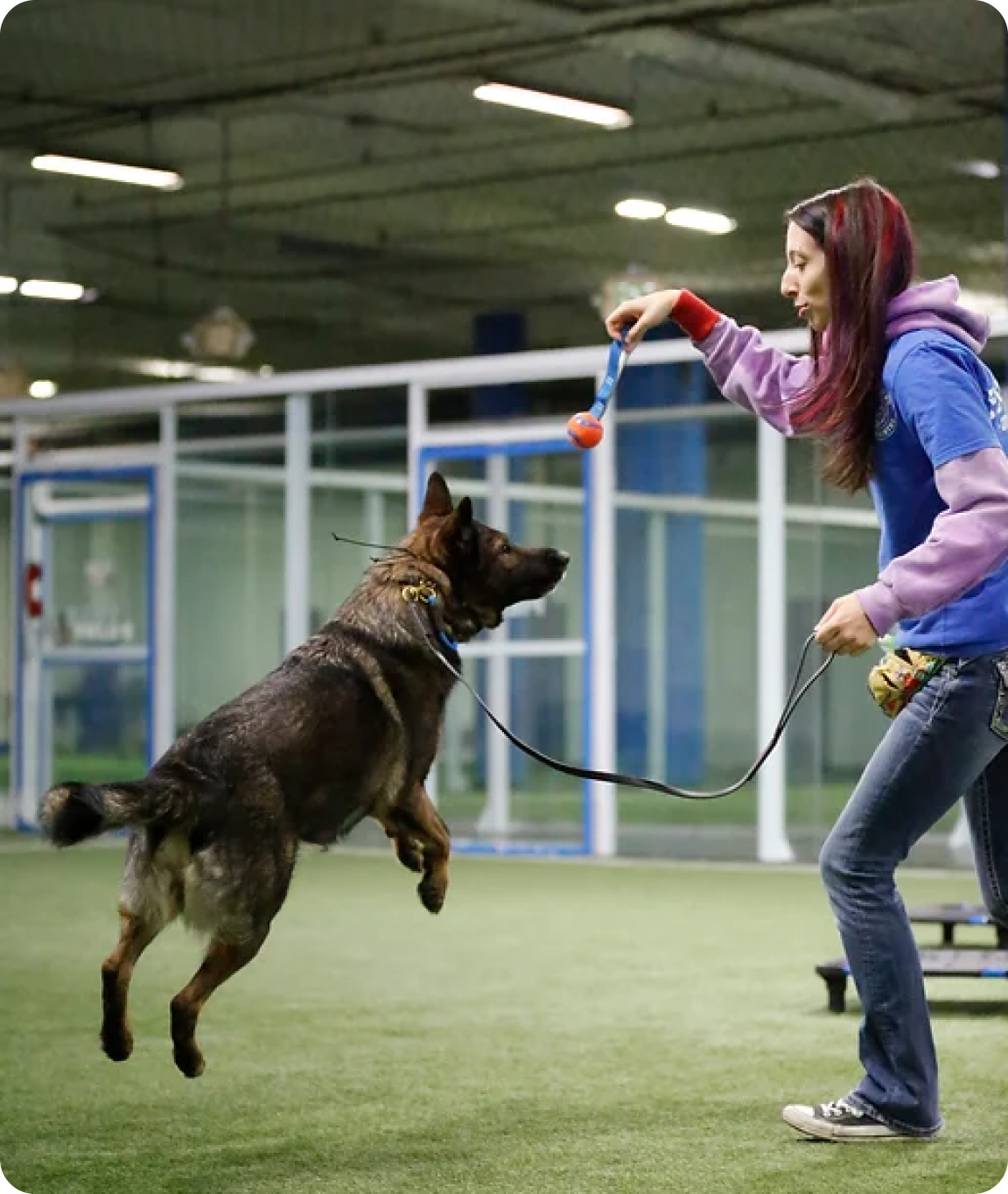

After months of struggling, I invested $2,150 in an "expert"
trainer recommended by a friend. Twice a week, I drove two hours
each way for sessions that promised to fix Max's behavior.
Ten weeks and thousands of dollars later? Zero improvement.
In fact, Max seemed more withdrawn and fearful than before. The
training methods were breaking his
spirit, not helping his anxiety.
I had no idea what I was getting into when I adopted Max.
The Park Encounter That Changed Everything
One afternoon at the dog park, while struggling to control
Max's frantic barking and pulling, I noticed something that
stopped me in my tracks:
A man and his golden retriever moved through the park with
remarkable harmony. The dog—alert but calm—walked perfectly
beside him without a leash. When other dogs approached, she
remained
relaxed and friendly.

A man and his golden retriever moved through the park with
remarkable harmony. The dog—alert but calm—walked perfectly
beside him without a leash. When other dogs approached, she
remained relaxed and friendly.


It wasn't robotic obedience. It was a natural, joyful calm I'd never
seen before
Desperate for answers, I approached the man.
"Your dog is amazing," I said. "Mine is... well..."
As if on cue, Max barked frantically at a passing squirrel.

The man introduced himself as Dr. Ryan Davies, a veterinary
neurologist and canine behavior specialist with 22 years of
experience. What he said next changed everything:
"Your dog isn't disobedient—
his nervous system is in constant fight-or-flight mode. No amount of training will fix that until you address the
neurological imbalance first."
Then he said something that seemed too simple: "I can show you
how to reset his nervous system using specific sound
frequencies. It's transformed over 2,000 dogs in my
clinic."
Skeptical but desperate, I took his card.
The Science Behind Your Dog's Anxiety:
Why Traditional Training Fails
When I visited Dr. Davies' clinic the following week, he explained
something that most trainers, and even many veterinarians, don't
understand:

"Dogs evolved for a world without car horns, vacuum cleaners,
or hours alone in an empty house. Their senses are exponentially more sensitive than ours —
they hear frequencies we can't detect and notice micro-changes in their environment that we miss
completely."
Veterinary research has consistently shown:
-
Dogs hear sounds much more intensely than humans
-
Their sense of smell is thousands of times more powerful
-
They can detect subtle environmental changes imperceptible to humans
This sensory overload places their nervous system in a constant
state of high alert.
- This sensory overload places their nervous system in a constant state of high alert.

Dr. Davies explained: "
When your dog's sympathetic nervous system—the 'fight or
flight' response—is
constantly activated, it's physiologically impossible for
them to remain calm, no matter how well you
train them. "
This explains why traditional training often fails:
-
You can't train away a biological response
-
Discipline makes anxiety worse, not better
-
Treats only mask symptoms temporarily
-
Anxiety vests provide minimal relief
The revelation was both shocking and obvious:
Max wasn't being "bad"—his brain and nervous system were
overwhelmed by modern life.
That's why dogs bark at every little sound, chew things when left
alone, or pace around anxiously.
The 3-Part Neurological Reset That Changes Everything
Dr. Davies then introduced me to his groundbreaking approach—a
specific combination of sound frequencies that activates three
neurological triggers in a dog's brain, effectively "resetting"
their nervous system from high-alert to a state of calm.
His method, developed over 15 years and refined through clinical
practice with thousands of dogs, draws on principles widely
discussed in veterinary behavioral science regarding how sound can
influence canine nervous system responses.
Here's how the three neurological triggers work together:
Trigger #1: Frequency-Based Brainwave Modulation (432-638
Hz)
This specific frequency range directly impacts your dog's
brainwave patterns, shifting them from highfrequency beta waves
(associated with anxiety) to relaxed alpha waves.
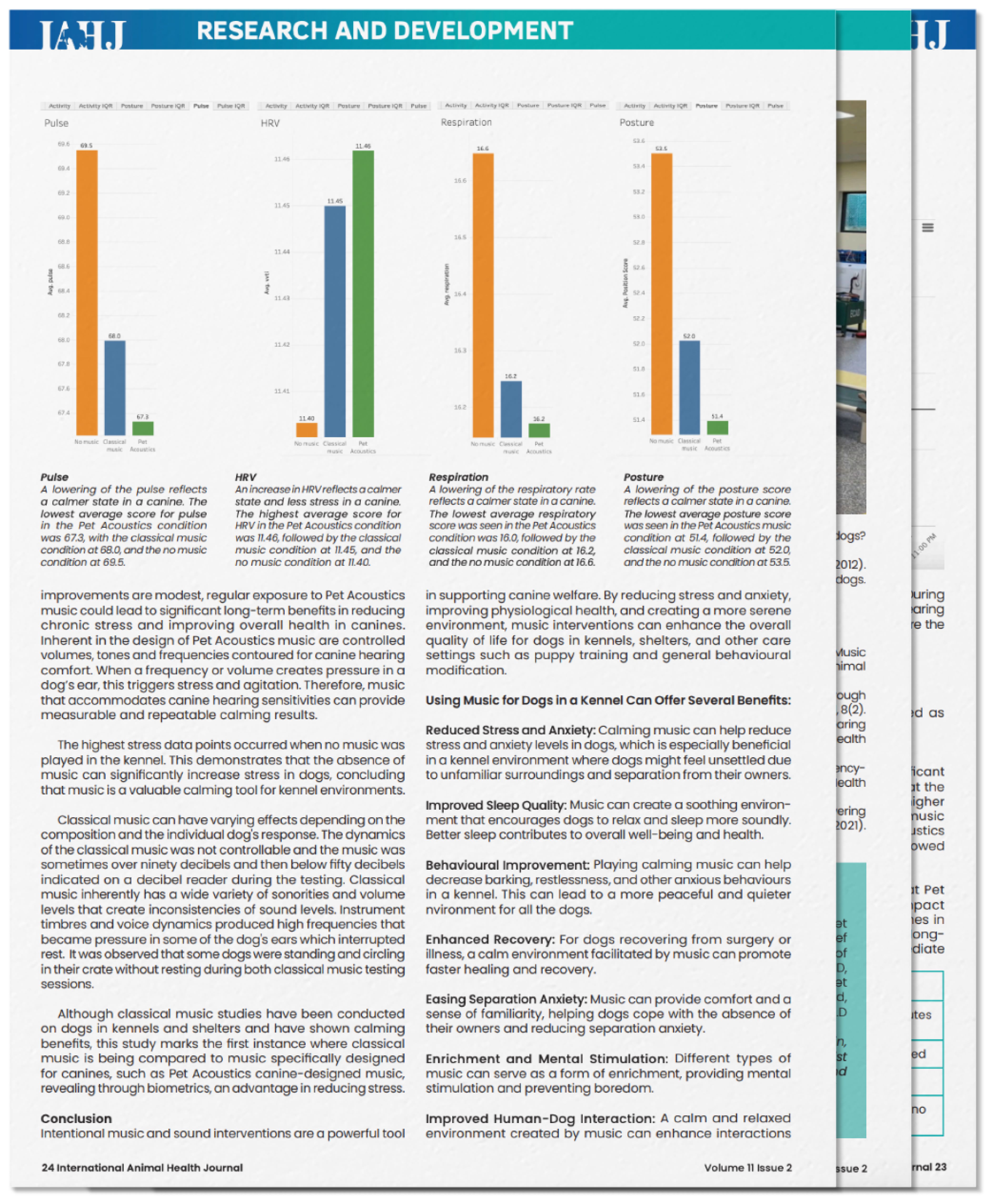
When exposed to properly calibrated sound frequencies,
many dogs show:
-
Reduction in stress indicatorsDecreased heart rate within minutesVisible relaxation of facial muscles and body posture
-
This isn't generic "calming music"—it's precisely calibrated to match canine neurology.

Trigger #2: Rhythmic Heart Synchronization (60-80 BPM)
The melodies use a rhythm that matches your dog's optimal resting
heart rate, creating what neurologists call "entrainment"—where
the body naturally synchronizes with an external rhythm.
Sound therapists and animal behaviorists have observed:
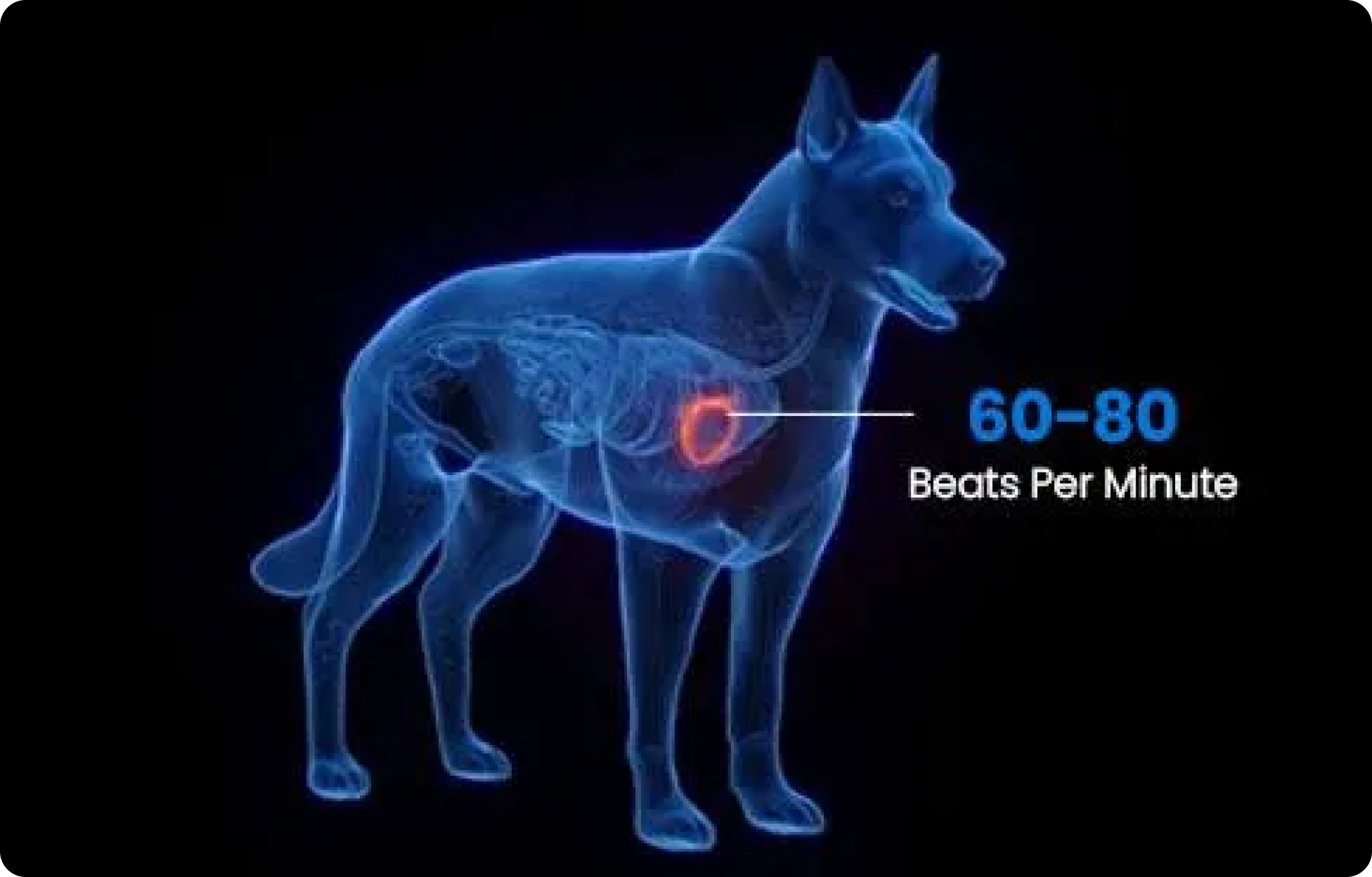
Sound therapists and animal behaviorists have observed:
-
These rhythms may help activate the parasympathetic nervous system (the "rest and digest" response)
-
They appear to counteract the fight-or-flight response
-
Many dogs show signs of relaxation within minutes of exposure
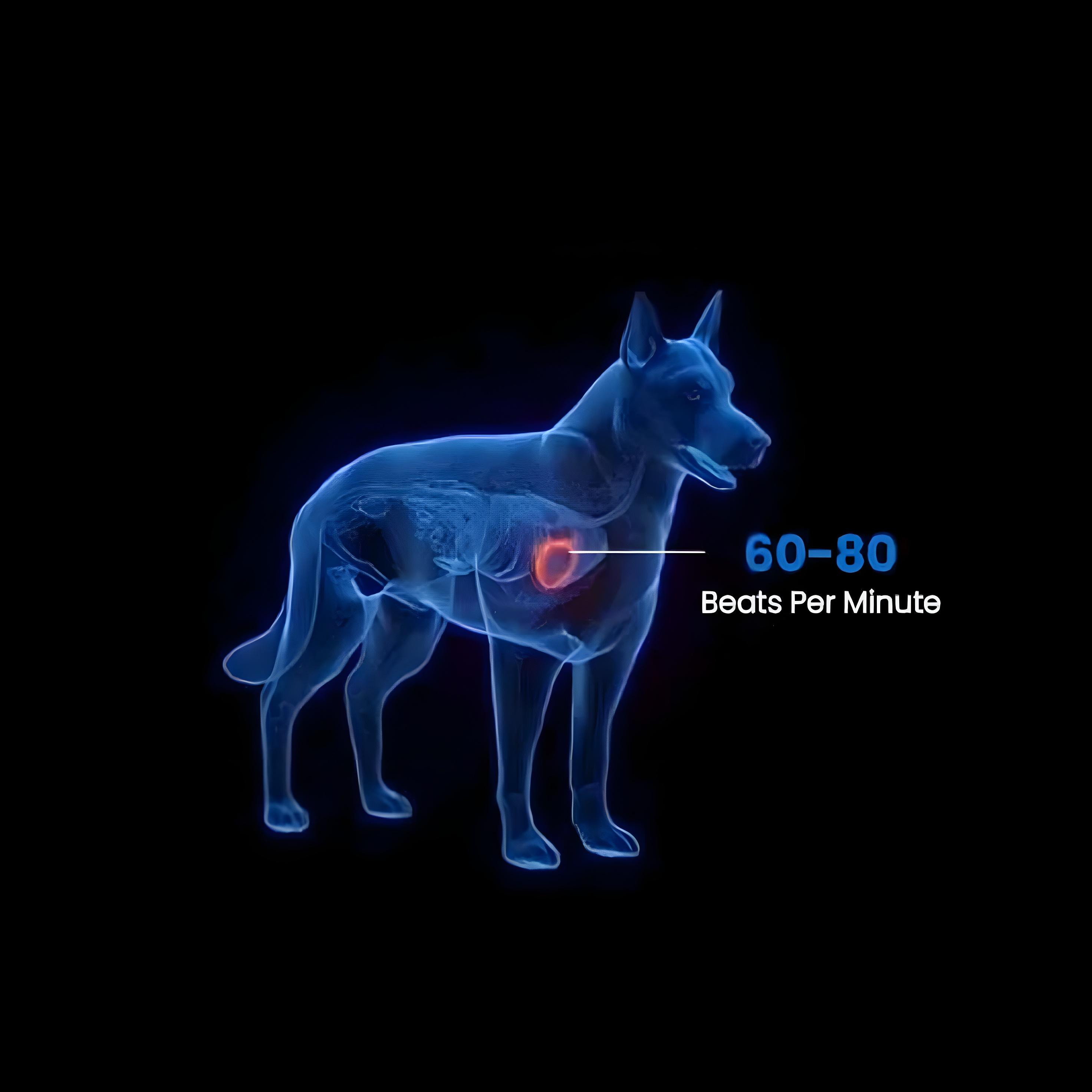
Trigger #3: Environmental Safety Signaling
The third trigger incorporates subtle audio cues that mimic the
sounds dogs associate with safety and security.

These safety signals tell your dog's brain:
"You are not in danger"
"You can relax your vigilance"
"Your pack (you) is safe"
When all
three triggers activate simultaneously, the transformation is remarkable.
Dr. Davies explains: "It's like rebooting a computer that's
frozen. We're essentially restarting your dog's nervous
system, allowing it to function the way it was designed
to."
My Skepticism Turned to Amazement Within Minutes
That first day in Dr. Davies' office, I watched in disbelief as
he played one of these specially-composed melodies for
Max.
Within 8 minutes, I saw changes I'd never thought possible:
1) Max's ears relaxed from their alert position
2) His panting slowed to normal breathing
3) The constant micro-movements stopped
4) His eyes softened from vigilant to calm

By the end of the 20-minute session, Max was lying calmly at my
feet—something he'd NEVER done in a new environment.
"That's just the beginning," Dr. Davies told me. "With
daily sessions for one week, we can create lasting changes
in his neurological patterns."
He was right.
The 7-Day Transformation: What Happened With Max
I returned to Dr. Davies' clinic every day for a week, and each
20-minute session built upon the previous one:
Day 1: Max showed
initial relaxation during the session but returned to anxiety
afterward
Day 2: The calm lasted about 30 minutes after the melody ended
Day 3: Max remained relaxed for nearly 2 hours afterward
Day 4: I could leave the room briefly without triggering anxiety
Day 5: Max slept through the night without startling for the first
time
Day 6: We successfully walked past another dog without barking
Day 7: I left Max alone for 45 minutes—no destruction, no
barking
By the end of the week, Max was
fundamentally different:
-
His baseline state was calm, not anxiousHe could focus on commands instead of environmental triggersHe enjoyed walks instead of reacting to everythingHe greeted visitors with curiosity instead of fear
This wasn't temporary improvement—it was a neurological reset that
changed his default state.
From Clinical Treatmentto Home Solution:
The Birth of Wagnific
The Birth of Wagnific
While Max's transformation was remarkable, I realized there was a
problem: most dog owners couldn't access Dr. Davies' treatment.
Geographic limitations (his clinic had a 6-month waiting list)
Cost barriers ($250 per session = $1,750 for the full treatment)
Time constraints (who can visit a clinic daily for a week?)
As a sound engineer with my own studio, I saw an opportunity to
help.
I approached Dr. Davies with a proposition:
What if we could make these specialized binaural melodies
available to every dog owner?
He was enthusiastic, and we spent 11 months perfecting the digital
versions of his clinical treatments, ensuring they maintained the
precise frequency ranges, rhythms, and safety signals that make
them effective.
The result is
Wagnific – the exact
same neurological reset method used in Dr. Davies' clinic, now
available in a format you can use at home.


Introducing Wagnific: The 7-Day Neurological Reset System
Wagnific is not:
-
A training program that requires expertiseA temporary fix that masks symptomsAnother anxiety gadget that barely worksA sedative that changes your dog's personality
Wagnific is:
-
A scientifically-validated neurological reset systemA 7-day program that creates lasting changeA simple, 20-minute daily routineThe exact method used by veterinary behaviorists
Here's What You'll Get:
-
The complete 7-day Neurological Reset System – seven precisely calibrated 20-minute melodies, one for each day of the program
Lifetime access to all melodiesCompatibility with any device – phone, tablet, laptop, or smart TV
Here’s
How It Works
1.
Instant Access via web portal
2. Play the
designated melody for your dog for 20 minutes each day
3. Watch as
your dog's anxiety melts away and their behavior
transforms
4. Enjoy a calmer,
happier dog and a more peaceful home
The Transformation Stories Keep Pouring In
"My 4-year-old Labrador, Riley, would destroy everything when I
left for work. After just 4 days of using Wagnific, I came home
to find him calmly sleeping on his bed—no destruction, no
anxiety. The
neighbors said they didn't hear a single bark all day. It's
literally changed our lives."
Richard D., Boston, MA
Richard D., Boston, MA

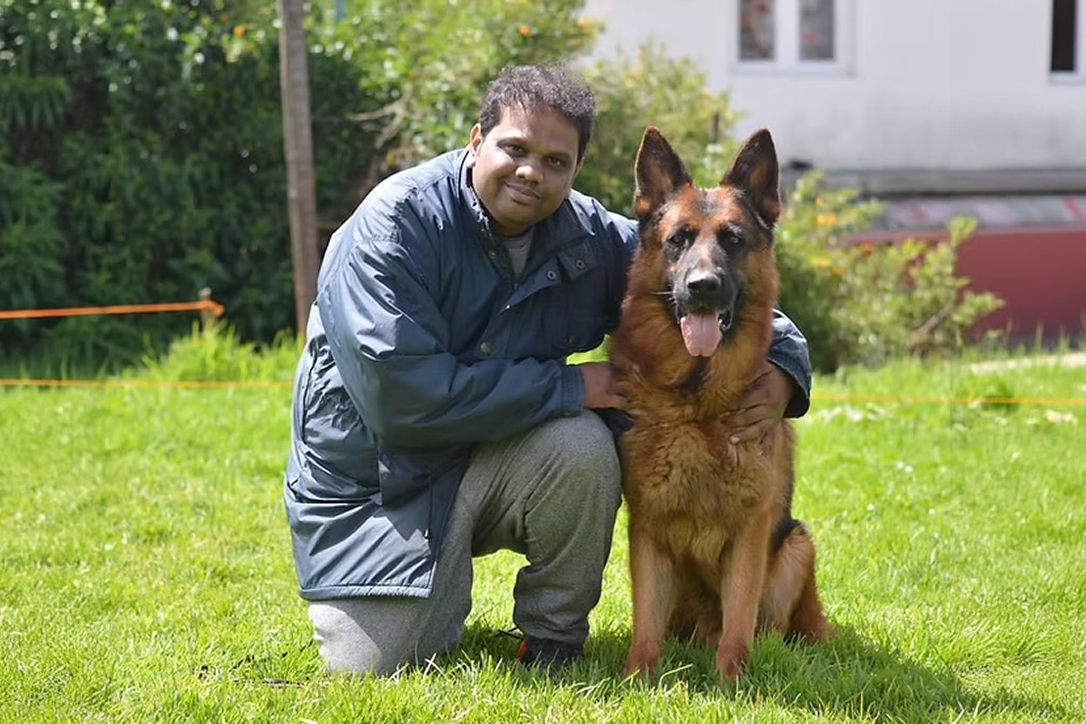
"My German Shepherd's reactivity to other dogs made walks a
nightmare. We tried three different
trainers and even medication. Nothing worked. By day 5 of the
Wagnific program, we walked past t
hree dogs without a single bark. The neurological approach makes
so much sense now that I see the "r
esults."
Marcus T., Seattle, WA
Marcus T., Seattle, WA

"Our rescue dog had such severe thunderstorm anxiety that she
would injure herself trying to hide.
During a major storm on day 6 of using Wagnific, she remained
on her bed, alert but calm. My veterinarian
was so impressed she's now recommending it to all her clients
with anxiety-prone dogs."
Jennifer L., Atlanta, GA
Jennifer L., Atlanta, GA

Real Results You Can Expect:
-
End separation anxiety – no more destruction or complaints from neighbors
Eliminate excessive barking – enjoy a peaceful home againTransform walks and outings – no more embarrassment or strugglesImprove training effectiveness – when your dog is calm, they can actually learnEnhance your bond – experience the relationship you always wanted with your dog
Special Limited-Time Offer
Dr. Davies' in-clinic neurological reset treatment costs $1,750 for
the full 7-day program ($250 per session).
The standard price for the complete Wagnific system is $69
– already a fraction of the clinical
treatment cost.
But for a limited time, as part of our Spring 2025 New User Special
(ending today), you can get:
The complete Wagnific 7-Day Neurological Reset System for just
$19
That's 72% off the regular price – less than $3 per day to transform
your dog's life forever
PLUS: These Four Specialized Bonus Melodies
(Total Value: $196)
(Total Value: $196)
BONUS #1: Tranquil Tails ($49 value)
A specialized 10-hour extended melody for separation anxiety,
perfect for playing while you're away from home

BONUS #2: Peaceful Paws ($49 value)
Specifically designed to calm your dog during thunderstorms,
fireworks, and other loud noise events

BONUS #3: Quiet Whispers ($49 value)
Targeted frequency patterns to reduce excessive barking and
promote calm communication


- BONUS #4: Healing Harmony ($49 value)
Supports recovery and relaxation during illness or after
veterinary procedures





Your Investment Is Protected: Our Ironclad 30-Day Guarantee
We're so confident in the Wagnific system that we offer a
complete 30-day, no questions-asked guarantee.
If you don't see a significant improvement in your dog's
anxiety and behavior within 30 days, simply email , and we'll
refund your entire purchase – no questions, no hassles.
You have nothing to lose but your dog's anxiety.
Your Purchase Makes a Difference

For every Wagnific system purchased, we donate our technology to
a shelter dog in need. To date,
we've helped over 3,400 shelter dogs reduce their anxiety,
making them more adoptable and increasing their chances of finding forever homes.
Frequently Asked Questions
Will this work for my specific dog breed?
Will this work for my specific dog breed?
Yes! The neurological mechanisms targeted by Wagnific
are universal to all dogs. We've seen success with breeds
ranging from Chihuahuas to Great Danes, and everything in
between. Some of our best results have been with
traditionally "high-energy" breeds like Border Collies and
German Shepherds.
How is this different from calming music I can find on
YouTube?
How is this different from calming music I can find on
YouTube?
Regular "calming dog music" lacks the precise frequency
ranges (432-638Hz), rhythmic patterns (60-80 BPM), and
safety signals that make Wagnific effective. Our melodies
are specifically engineered based on canine neurology
research and clinical testing, not human music preferences.
My dog is on anxiety medication. Can I still use
Wagnific?
My dog is on anxiety medication. Can I still use
Wagnific?
Absolutely. Many veterinarians recommend Wagnific alongside
medication. In fact, some dogs have been able to reduce
their medication under veterinary supervision after
completing the program
How soon will I see results?
How soon will I see results?
While every dog is different, many users report noticeable
improvements after the very first 20-minute session. The
full transformation typically takes 5-7 days of consistent
use, with the changes becoming more established with each
session.
Do I need special equipment?
Do I need special equipment?
No special equipment needed! Wagnific works with any
device that can play audio – smartphones, tablets,
laptops, or smart TVs. Standard household speakers are
perfectly adequate
Can I use Wagnific for specific situations like
vet visits or grooming?
Can I use Wagnific for specific situations like
vet visits or grooming?
Yes! After completing the 7-day reset, you can use the
specific situation melodies (included in your bonuses) for
ongoing support during stressful events.
Who This Is NOT For
Wagnific is not for dog owners who:
-
Aren't willing to commit to 20 minutes per day for 7 days
-
Prefer quick fixes over lasting solutions
Ready to Transform Your Dog's Life?

Remember, this special 72% discount is only available today.
After that, Wagnific returns to its regular price of $69.
Here's What Happens After You Order:
1. You'll receive immediate access to your Wagnific account
2. Download the app or access via our web portal
3. Start Day 1 of your dog's transformation today
4. Watch anxiety melt away as their nervous system resets
Regular Price: $69 – You Save: $50 (72% Off)
Still Not Convinced?
Many dog owners who've tried Wagnific share similar experiences:

"After years of struggling with my dog's anxiety, this approach
has made a remarkable difference. The carefully designed sounds
seem to help my dog relax in a way that training alone never
achieved. It's become an essential part of our routine,
especially during potentially stressful situations."
- What are you waiting for? Your dog deserves freedom from anxiety, and you deserve the joy of a calm, well-behaved companion.
Remember: Your purchase is covered by our 30-day money-back
guarantee
P.S. Order today
and receive our exclusive "Emergency Calm" bonus melody – designed
for immediate anxiety relief in crisis situations (a $39 value,
yours FREE).